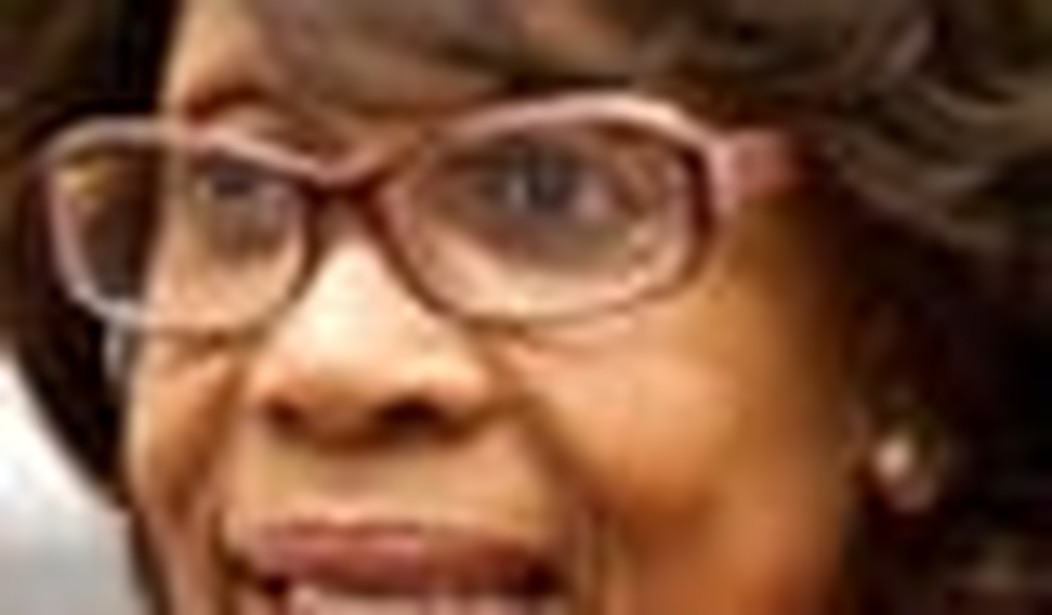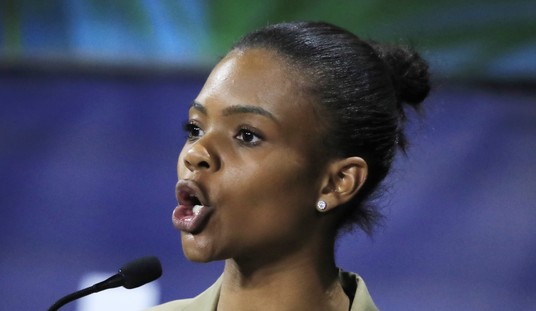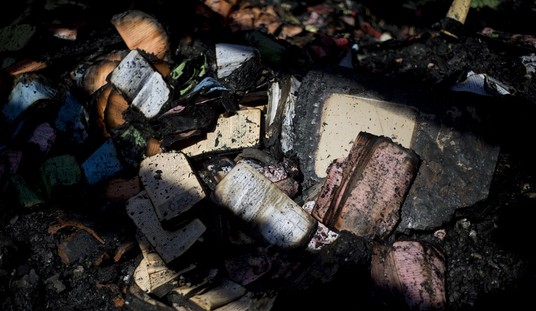When a local crime story explodes into the nation’s attention, it is worth asking why it has done so. According to the FBI, a murder occurs every 35.6 minutes in the United States, yet few of these killings garner any notice at all beyond the neighborhoods where they occur. So when any one of America’s roughly 15,000 annual homicides attracts what would seem an inordinate level of interest, we are left to wonder why. Are the people involved emblematic of some larger trend? Do the details of the crime offer instruction on how similar crimes might somehow be averted in the future? Or is there some other explanation, one that reflects the choices made by those who decide what stories they see fit to present to their audiences?
Surely the shooting death of Trayvon Martin is no exemplar of some national trend. Though his alleged killer, George Zimmerman, has claimed he shot Martin in self-defense, such “justifiable” killings totaled only 326 in 2010, nearly twice the number reported in 2000 but still a tiny sliver of the total number of homicides reported to police. And even if Zimmerman is shown to have acted illegally in shooting Martin, would this crime reflect some national outbreak of vigilante violence among neighborhood watch volunteers?
No, there has been no such outbreak.
So how to explain the fascination with Trayvon Martin’s death? In dispatching swarms of reporters to Sanford, Florida, where Martin was killed, our sophisticated betters in the media have sought to cloak themselves with cheap grace. They focus on one victim whom they perceive to be — and whom they present to be — an innocent victim of an unprovoked shooting, while ignoring the incalculably larger problem of violent crime in America’s black communities.
I have spent most of my police career working in South and South Central Los Angeles, where the largest concentration of the city’s black population resides. When I was a young cop in the early 1980s, I was dispatched to countless crime scenes where one young black man had been killed by another. In my youthful naiveté, I would look for the arrival of the news vans in the thought that those victims were deserving of the public’s attention, if not necessarily its sympathy. Only when some unlucky child or other innocent victim was hit by a stray bullet did these killings attract any attention from the media.
The media’s nonchalance about black-on-black crime was perfectly illustrated for me years later, serving as a watch commander at a police station in South Los Angeles, when I answered a phone call from someone at a local television station. “Anything going on tonight?” the man asked. There had been a double murder that night, with two gang members shot to death in a drive-by, and I began to tell the caller about it.
“Is it a gang thing?” asked the caller, interrupting me.
“Yes,” I said.
“Anything else to it?”
“Not really.”
“That’s okay,” he said, and hung up. And that was that. Two young lives extinguished but unworthy of a mention on the evening news.
In one sense it was hard to blame that caller or anyone else in the media for their lack of interest in black-on-black crime in Los Angeles at that time. From 1980 to 1993, Los Angeles averaged 895 murders per year, with the number topping 1,000 in four of those years. There are only so many minutes on a news program and so many pages in a newspaper; if reporters had devoted even a single sentence to each of those murders they would have had time or space for little else. By contrast, there were 298 murders in Los Angeles last year, still a disturbing figure but a far cry from the horrific days of the ‘80s and early ‘90s. But, as was the case in those troubled times, a disproportionate number of those murders occurred in the four police divisions that make up South and South-Central Los Angeles. Those four divisions are home to about 16 percent of the city’s population, but accounted for 45 percent of its murders. And that, of course, we are not allowed to talk about, lest we perpetuate a negative stereotype.
It is not just the media that deserves blame for such callous disregard for all that bloodshed. Politicians, too, twist themselves into all manner of intellectual contortions in attempting to minimize and even ignore the problem of crime in black communities. Many of the murders I mention above occurred in the congressional district represented by Maxine Waters, whose comments on the Trayvon Martin shooting have been characteristically foolish: “Why is it we have so many young black males that are being profiled and being killed?” she asked on CNN, blithely unaware of the incongruity in the question.
To Rep. Waters and her cohorts in the racial grievance industry, racial profiling is a greater threat to blacks in America than violent crime, this despite the stark numbers available for all to see. Her Los Angeles office is located near the intersection of 101st Street and Broadway, within two miles of which, according to the Los Angeles Times, there have been 236 homicides since January 1, 2007. In examining the map at the link, you’ll see that you can scarcely walk a single block in parts of that area without coming upon the scene of at least one murder. Wouldn’t the loved ones of those 236 people wish that some police officer had “profiled” the killers in the moments before the crimes occurred? Would Rep. Waters ask that the police in those neighborhoods be less proactive?
I was at some of those murder scenes. I was present in some cases when the parents of those victims came running to the sounds of sirens and police helicopters to learn that their worst fears had been realized, that it was their own son lying under a sheet on the sidewalk beyond all that yellow tape. I don’t remember Maxine Waters saying a word about any of them.
Joining Rep. Waters in that same CNN interview was Rep. Emanuel Cleaver, Democrat of Missouri and chairman of the Congressional Black Caucus. Soledad O’Brien raised the question of whether Al Sharpton and Jesse Jackson were exploiting the Trayvon Martin case while “missing the bigger issue of black-on-black crime.” Rep. Cleaver dismissed such talk:
The bigger issue is the low esteem in which black life is held, particularly black males. And so it doesn’t matter whether it’s black on black or brown or green or whatever, it means that there is hot a high level of appreciation for the life of a black male who is a human being.
If that is indeed the case, why is it that he and Rep. Waters and Al Sharpton and Jesse Jackson and all the lesser lights of the racial grievance industry are heard from only when a black is killed by a non-black?
According to a Jan. 2011 study (PDF) by the Violence Policy Center, Missouri leads the nation in the black homicide rate, with 39.9 per 100,000. (The study is based on 2008 figures. The overall national homicide rate that year was 5.4 per 100,000.) Yet if you peruse the press releases on Rep. Cleaver’s website, you’ll find plenty of references to various “green” projects and other such pork, but you won’t find a single word about crime.
Even if George Zimmerman is as guilty as his most vociferous accusers claim, his arrest and imprisonment won’t change this grim reality: According to the CDC, homicide is the fourth leading cause of death of black males in America. More than 90 percent of those deaths are at the hands of other black males. There is a political issue and a news story in those numbers, but it’s one you surely won’t hear much about.










Join the conversation as a VIP Member